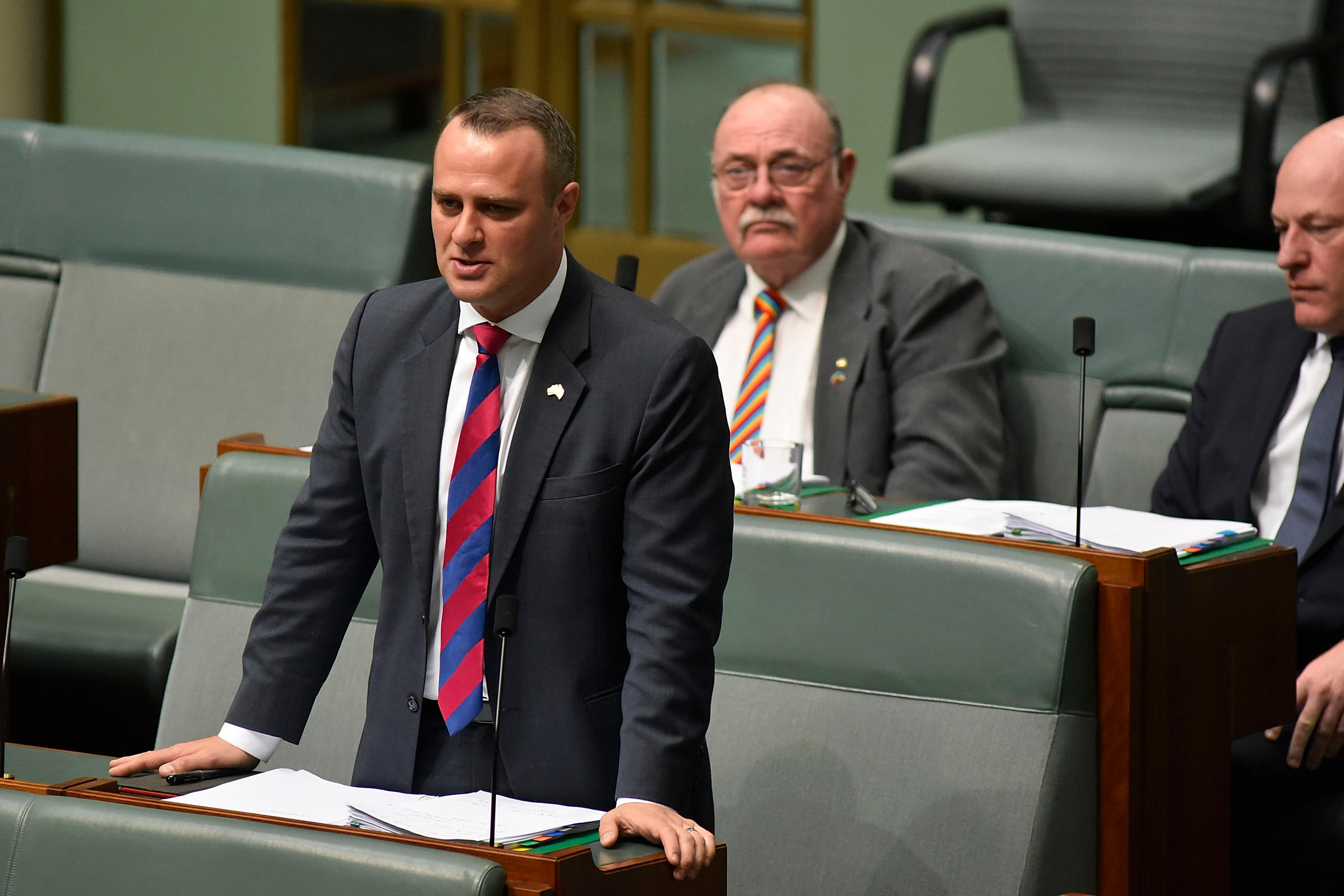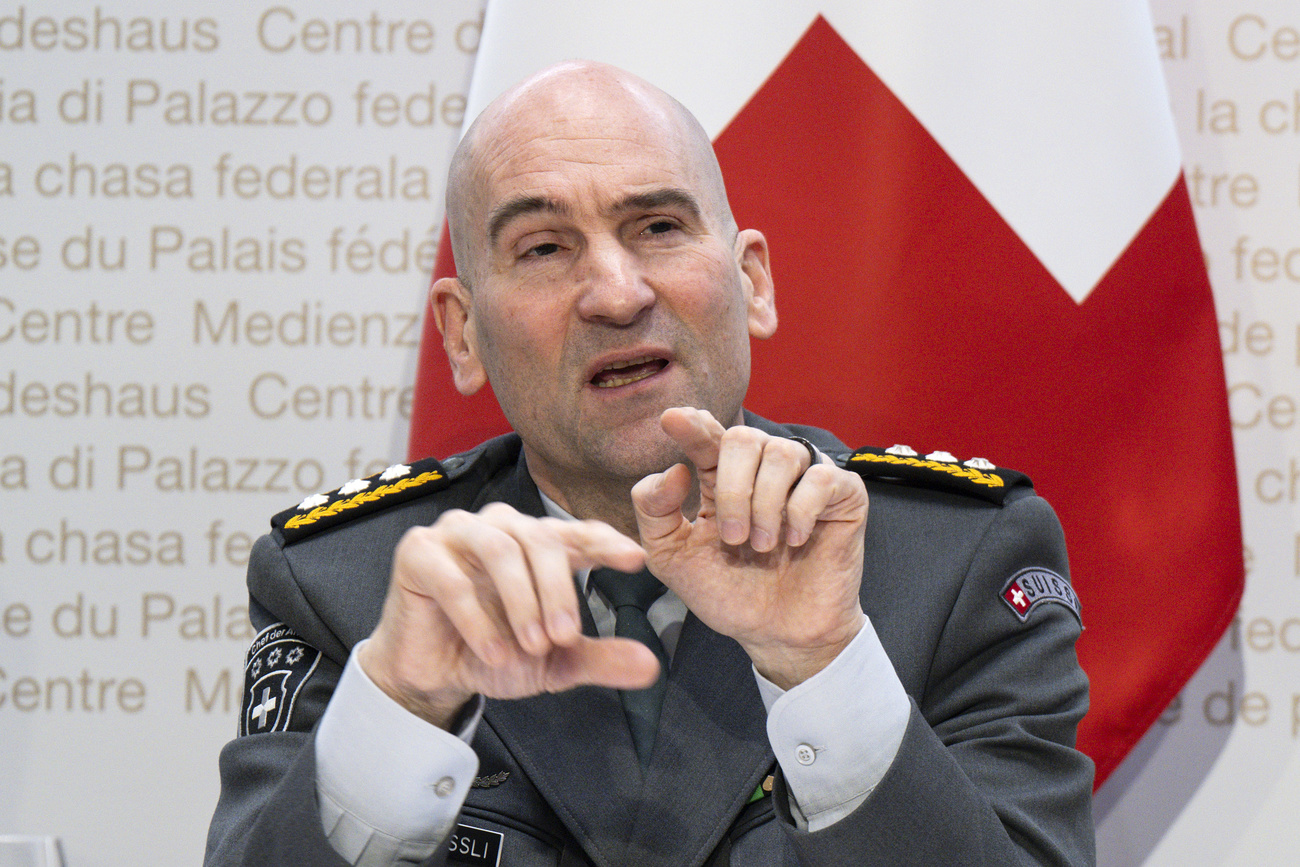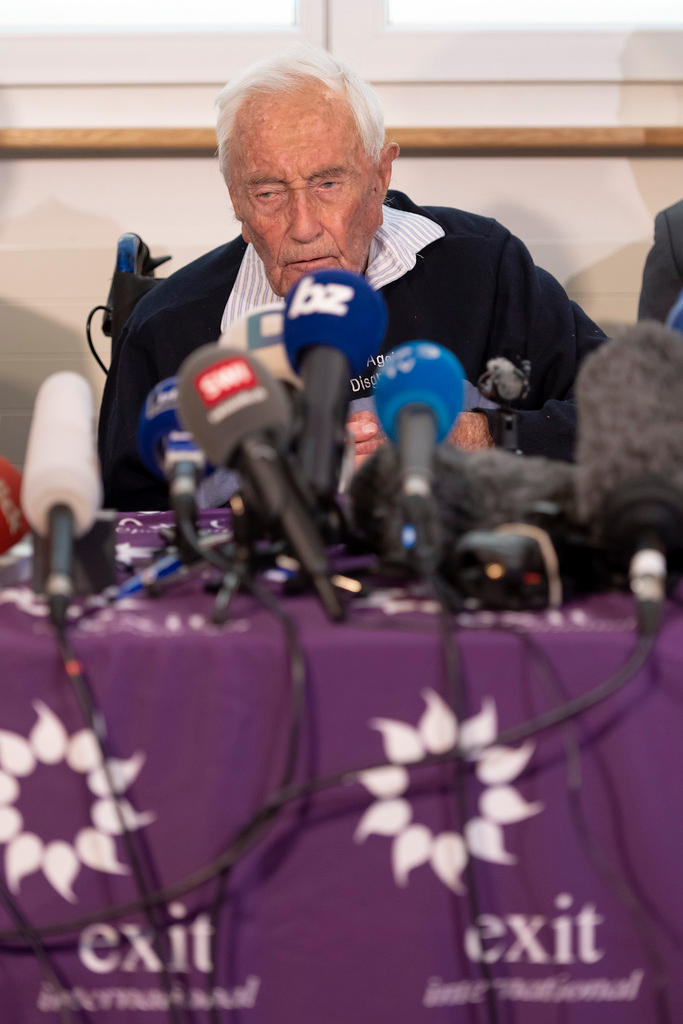Alps and Aussies: secrets of a long-lasting, long-distance relationship

Although nearly 15,000 kilometres apart, Switzerland and Australia are closer than many of their citizens realise. Now the two countries are forging even closer ties, with a new embassy in Bern and a visa specifically for young globetrotters.
Swiss Foreign Minister Ignazio Cassis tells the story of a young Swiss academic who at the start of his career sent off 50 applications before finally being offered a research position in immunology at the Australian National University in Canberra. His name was Rolf Zinkernagel and he shared a laboratory with an Australian colleague, Peter Doherty.
The rest is history: the two researchers discovered how the immune system identifies cells that are infected with a virus. “They published their research results in 1973. In 1996 they were awarded the Nobel Prize,” Cassis said.
Cassis, who holds the rotating Swiss presidency this year and is a doctor by training, speaks with feeling – as a young student in Zurich, he had “the unique opportunity” to see Zinkernagel in action. “He was my professor.”
With this anecdote Cassis recently illustrated the close friendship, often based on personal relationships, that binds Australia and Switzerland. The occasion was the 60th anniversary of the establishment of diplomatic relations between the two countries, also attended by Australian Foreign Minister Marise Payne.
This is a milestone year for Australia & Switzerland as we mark 60 years of diplomatic relations. This week,'s @ignaziocassisExternal link & I discussed:
— Marise Payne (@MarisePayne) November 18, 2021External link
#IndoPacificExternal link cooperation
strengthening of multilateral institutions
's embassy in Bern, which will open in 2022. pic.twitter.com/Hzt67zqWwgExternal link
There are 26,000 Swiss citizens living on the Australian continent today. As Cassis explained, this makes it the seventh-largest Swiss expat community in the world, and the third-largest outside Europe. In the year before Covid-19 led to the closure of Australia’s borders to tourists, some 43,100 Swiss travelled down under.
Winegrowing legacy
The Swiss have played a part in Australian history since 1777. Back then, on January 27, John Webber – in reality Johann Wäber – was the first Swiss to set foot on Australian soil, on Bruny Island off Tasmania.
The son of a Bernese who had emigrated to London, he was the expedition painter on the third South Sea voyage of British explorer James Cook. After British convicts and settlers started to colonise Australia in 1788, emigrants from Switzerland also travelled to the still mysterious country on the other side of the globe.
The first wave of Swiss immigration began after Charles Joseph La Trobe was appointed superintendent, and later lieutenant-governor, of Victoria in Melbourne. His Swiss-born wife, Sophie de Montmollin, from Neuchâtel, accompanied him to Australia. Through these contacts, winegrowers from the Neuchâtel area and the Bernese Three-Lakes Region began to emigrate. Some of Australia’s best and most famous wines are grown in this state today, in part thanks to well-known names such as De Pury, De Castella, Leuben and De Meuron.
The gold rush in the mid-19th century drew thousands of fortune-seekers from Switzerland, especially from Italian-speaking canton Ticino. Later on, craftspeople from German-speaking Switzerland in particular built their futures on the continent. Today, as then, typical Swiss characteristics such as reliability, punctuality and precision mean that young people with a Swiss apprenticeship in their backpacks can usually make a successful go of it in Australia.
Swiss investments
Switzerland set up a consulate in Sydney in 1855 and in Melbourne a year later. Diplomatic relations between the two countries were finally established in 1961, with the opening of an Australian embassy in Switzerland. Since then, the two countries have signed a raft of agreements designed to promote political, economic and cultural exchange.

More
A piece of Swiss democracy down under
According to the Australian Department of Foreign Affairs and Trade (DFAT), “economic relations with Switzerland are growing, particularly in the fields of scientific research and development, trade and mutual investments”.
In 2019, two-way merchandise trade was worth A$5.4 billion (CHF3.5 billion). Switzerland exported goods worth A$3.5 billion to Australia, mainly medication, watches and clocks, aircraft and spacecraft and related parts, as well as other pharmaceuticals. Australia’s main exports to Switzerland were gold, medication, meat (excluding beef), silver and platinum.
“Switzerland is a valued investment partner for Australia,” says the DFAT. In 2019 Swiss investments in Australia amounted to A$56.1 billion, according to DFAT figures. Swiss investments in Australia are concentrated in pharmaceuticals, medical technology and services, banking and insurance.
According to the Swiss-Australian Chamber of Commerce, SwissCham, in Sydney, Switzerland is the tenth-largest source of foreign investment in Australia. Glencore mining group, Novartis Pharmaceuticals, Roche, Nestlé and the financial services providers Credit Suisse, Zurich and UBS are among the best-known Swiss companies represented on the continent. The main Australian companies in Switzerland are Sonic Healthcare, the Macquarie Group and the biopharmaceutical group CSL.
Return to Bern
The long-standing, close relationship has been strengthened twice on the Australian side in recent months. First, the Australian government announced its intention to re-open an embassy in Bern after 30 years.

More
Australia to reopen embassy in Switzerland
“This decision acknowledges the importance of Switzerland in the global diplomatic network,” the Swiss ambassador to Australia, Pedro Zwahlen, told SWI swissinfo.ch. “Such recognition is important for our diplomacy. It also entails a structural strengthening of bilateral relations and shows increased awareness of Switzerland in Australia.”
A second step was the decision by the Australian government to allow young Swiss to travel to Australia on a working holiday visa and thus earn money to pay for their trip. This puts Switzerland on a par with 44 other countries which have been granted this privilege by Australia for years.
“If young people have the opportunity to live in another country, learn the language and work there, they gain a tremendous amount of life and work experience, which can only serve them in their later careers in Switzerland,” says Zwahlen.
“And then of course there’s also the human dimension. Friendships made at this age can last a lifetime and thus help build cooperation between Switzerland and Australia in many areas. So it’s really a win-win arrangement.”
Urs Wälterlin has been Australasia correspondent for the Swiss public broadcaster, SRF, since 2003. He has lived in Australia since 1992.
(Translated from German by Julia Bassam)

In compliance with the JTI standards
More: SWI swissinfo.ch certified by the Journalism Trust Initiative










Join the conversation!